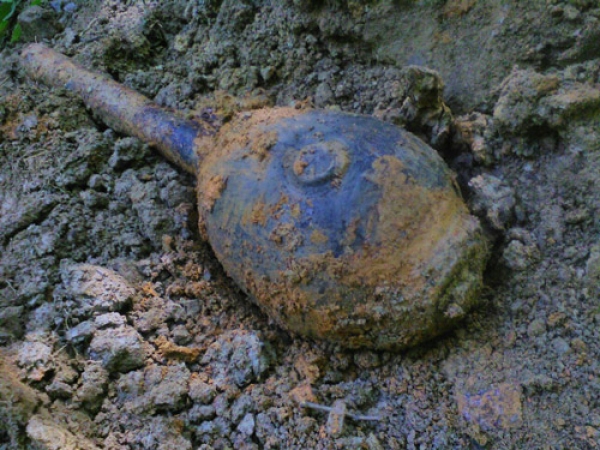The non-profit organization Action on Armed Violence (AOAV) has been investigating since late 2010 the direct and indirect damage caused by explosive weapons of any kind on a global scale (119 countries suffered at least one death or wounded to explosive violence in the 2011-2018 period) to both civilians and armed forces.
In particular, the results obtained by the analysis of data collected over the above-mentioned period highlight a clear scenario from which numerous conclusions can be drawn.
First and foremost, what probably emerges as the most worrying outcome is that, throughout the time frame covered by the report, civilians made up three-quarters of the total victims of explosive weapons: more than 230,000 wounded or killed, about 79 per day.
According to AOAV, although there has been a slight turnaround over the last two years, it cannot be affirmed with certainty that this is not only due to a mere decrease in reports linked to the absence of hospital facilities in conflict zones: especially if we consider that, oddly, in 2017 more deadly accidents than injuries were recorded.
Another fact that gives us the scale of the damage caused by explosive weapons to the non-combatant population can be found in the percentages regarding the different contexts in which these very weapons are used: if in agricultural or remote areas about one out of three victims is a civilian, in highly populated urban contexts the number is clearly higher, reaching and overcoming the dreadful threshold of 90% (2017).
Therefore, it was possible to deduce, with no room for doubt, that when explosive weapons are used in densely populated areas, especially if the weapon itself has a particularly wide range of action (so called “wide area effects”), civilians pay the highest price for its use.
The report includes further information concerning the very type of weapon used: improvised explosive devices (IEDs) are responsible for more than half of civilian victims, being very effective in their loathsome purpose, with an average of 13 casualties each. Since 2013, despite an increase in accidents, the number of fatal ones has gradually decreased, probably only due to the significant loss of territory suffered by the Islamic State, which has left numerous unexploded ordnance behind.
With regard to air strikes, the number of victims has steadily increased until 2017 (when they turned out to be the deadliest explosive weapon on a global level) before seeing a significant decrease in 2018.
Among the explosives taken into consideration by AOAV there are then the ground-launched explosive (missiles, artillery, grenades etc.), for which the trend seems the same as IEDs: more accidents but less deaths during the last two years.
Finally, suicide attacks are examined, the most deadly ones, with an average of 38 victims per accident, 30 of which are civilians. In this case too, the liberation of most of the territories previously under ISIS control, has led to a decrease in the total number of attacks (and therefore of victims) in Syria and Iraq but, as a consequence, other countries previously safe were targeted by those fighters still loyal to the caliphate.
Lastly, the report looks at the phenomenon with regard to perpetrators: in those cases where it was possible to trace back the attackers, 53% of civilian victims were due to non-state actors, 46% to state actors and the remaining 1% to a combination of these two. What emerges and really worries, however, is that in recent years, due to the greater number of countries involved in situations of armed conflict, the percentage of victims caused by explosive attacks from state actors has significantly risen, with several elements suggesting that this trend fueled affiliations to terrorist groups of various kind, giving life to a dangerous vicious circle.
Considered that in light of what emerges from the report, the civilian population is paying the most expensive price of this violence, AOAV (together with other members of the International Network on Explosive Weapons) invited states to seek a political agreement aimed at ending the use of explosive weapons, especially when wide-ranging and used in densely populated areas. It also requested concrete measures designed to control those materials needed to manufacture IEDs in order to limit their spreading and use, finally insisting on greater cooperation between states and other actors engaged in the fight against this type of attacks.
Full report available here:
https://aoav.org.uk/2019/8-year-overview/#_edn1
Author: Federico Rossi; Editor: Sara Gorelli




